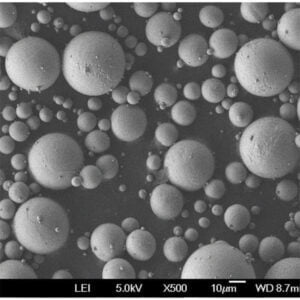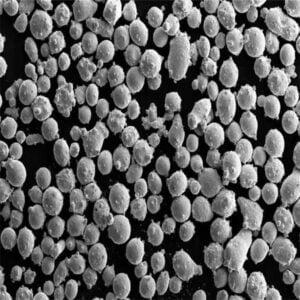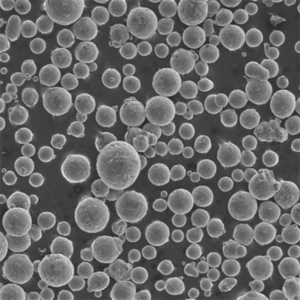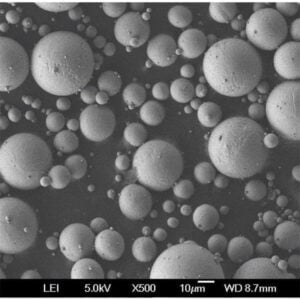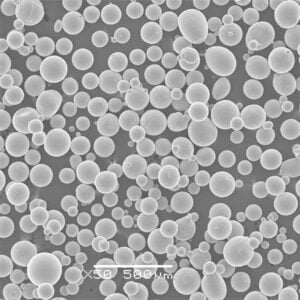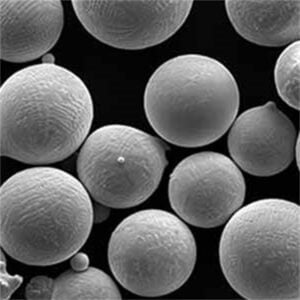Nickel-Based Superalloys
Table of Contents
Overview
Nickel-based superalloys are the backbone of modern high-performance engineering applications, especially in industries that demand extreme durability and resistance to high temperatures. These superalloys are a marvel of material science, exhibiting exceptional strength, oxidation resistance, and creep resistance. They are predominantly used in aerospace, power generation, and chemical processing industries, where components face severe operational environments.
Key Highlights of Nickel-Based Superalloys:
- Superior high-temperature performance
- Exceptional mechanical strength
- High resistance to thermal creep deformation
- Good surface stability
- Corrosion and oxidation resistance
Understanding these alloys in depth requires exploring their composition, properties, applications, and more. So, let’s dive right in and uncover the intricate details of these fascinating materials.
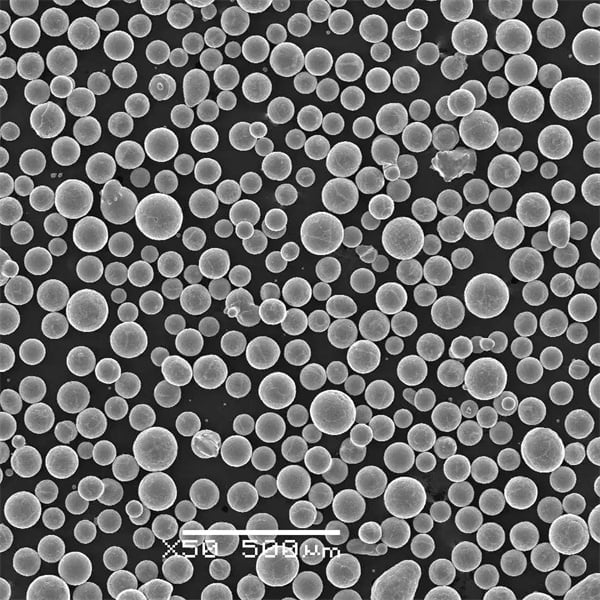
Composition and Properties of Nickel-Based Superalloys
Nickel-based superalloys are primarily composed of nickel, chromium, cobalt, molybdenum, and aluminum, with minor additions of other elements like titanium, tungsten, and rhenium. The precise composition can vary significantly depending on the specific alloy and its intended application.
Table: Types, Composition, Properties, and Characteristics of Nickel-Based Superalloys
| Alloy Name | Composition | Key Properties | Characteristics |
|---|---|---|---|
| Inconel 718 | Ni-52%, Cr-19%, Fe-18%, Nb-5%, Mo-3%, Ti-1%, Al-0.5% | Excellent tensile strength and rupture resistance at high temps | Precipitation hardenable, good weldability |
| Hastelloy X | Ni-47%, Cr-22%, Fe-18%, Mo-9%, Co-1.5%, W-0.6% | Outstanding oxidation resistance, good formability | Resistant to oxidizing and reducing environments |
| Waspaloy | Ni-58%, Cr-19%, Co-13%, Mo-4.3%, Ti-3%, Al-1.4% | High strength and oxidation resistance at temperatures up to 870°C | Used in gas turbines and high-speed airframes |
| Rene 41 | Ni-53%, Cr-19%, Co-11%, Mo-10%, Ti-3%, Al-1.5% | Superior high-temperature strength, oxidation resistance | Used in turbine blades, die-casting applications |
| Nimonic 80A | Ni-76%, Cr-19.5%, Ti-2.5%, Al-1.4%, Fe-0.5% | Good corrosion and oxidation resistance, high creep resistance | Used in gas turbine components, nuclear reactors |
| Alloy 625 | Ni-61%, Cr-21.5%, Mo-9%, Nb-3.6%, Fe-2.5%, C-0.1% | Excellent fatigue and thermal-fatigue properties | Used in aerospace, marine, and chemical processing |
| Haynes 282 | Ni-57%, Cr-19.5%, Co-10.5%, Mo-8.5%, Ti-2.1%, Al-1.5%, Fe-1.5%, Mn-0.06%, Si-0.15%, C-0.06% | High creep strength, good thermal stability | Suitable for gas turbines and other high-temp applications |
| Incoloy 800 | Ni-32.5%, Fe-46%, Cr-21%, C-0.05%, Mn-1.5%, Si-1%, Al-0.4%, Ti-0.4% | Excellent resistance to oxidation, carburization | Used in heat exchangers, furnace parts |
| Mar-M247 | Ni-60%, Cr-10%, Co-10%, W-10%, Al-5.5%, Ti-1%, Ta-3%, Hf-1.5%, C-0.15%, B-0.015%, Zr-0.05% | Excellent creep resistance and high-temperature strength | Used in turbine blades, aerospace applications |
| Udimet 720 | Ni-58%, Cr-19%, Co-15%, Mo-3%, Ti-5%, Al-2.5%, Fe-0.5%, C-0.03% | High tensile and rupture strength, excellent oxidation resistance | Used in gas turbine engines, high-stress environments |
Applications of Nickel-Based Superalloys
Nickel-based superalloys find applications in several demanding environments due to their outstanding properties. Here, we’ll explore some key applications where these superalloys are indispensable.
Table: Applications and Uses of Nickel-Based Superalloys
| Industry | Application | Details |
|---|---|---|
| Aerospace | Turbine Blades | High strength and oxidation resistance at elevated temperatures ensure efficiency and durability |
| Power Generation | Gas Turbine Components | Withstand high thermal stresses and corrosive environments for long operational lifetimes |
| Chemical Processing | Heat Exchangers and Reactors | Excellent resistance to corrosive chemicals and high temperatures, ensuring safe and efficient processes |
| Marine | Submarine Parts | Corrosion resistance in seawater and strength to withstand high pressures |
| Automotive | Turbocharger Wheels | Enhanced performance at high temperatures and rotational speeds |
| Oil and Gas | Drilling Equipment | High wear resistance and strength to endure harsh drilling conditions |
| Nuclear | Reactor Core Components | Excellent radiation resistance and thermal stability |
| Medical | Prosthetics and Implants | Biocompatibility and corrosion resistance for long-term reliability |
| Electronics | High-Temperature Electronics | Stability and performance in extreme thermal environments |
| Defense | Jet Engines and Missile Components | Reliability and performance under extreme operational conditions |
Specifications, Sizes, Grades, and Standards
The specifications, sizes, grades, and standards for nickel-based superalloys vary depending on their application and the industry requirements. Here’s a comprehensive table summarizing these details.
Table: Specifications, Sizes, Grades, and Standards for Nickel-Based Superalloys
| Alloy Name | Specification | Sizes | Grades | Standards |
|---|---|---|---|---|
| Inconel 718 | AMS 5662, ASTM B637 | Bars: 0.5-12 inches diameter | UNS N07718 | AMS, ASTM, ISO |
| Hastelloy X | AMS 5536, ASTM B435 | Sheets: 0.015-0.187 inches thick | UNS N06002 | AMS, ASTM |
| Waspaloy | AMS 5706, ASTM B637 | Bars: 0.5-6 inches diameter | UNS N07001 | AMS, ASTM |
| Rene 41 | AMS 5545, AMS 5712 | Sheets: 0.02-0.187 inches thick | UNS N07041 | AMS, ASTM |
| Nimonic 80A | AMS 5828, ASTM B637 | Bars: 0.25-8 inches diameter | UNS N07080 | AMS, ASTM, ISO |
| Alloy 625 | AMS 5666, ASTM B446 | Bars: 0.5-12 inches diameter | UNS N06625 | AMS, ASTM, ASME |
| Haynes 282 | AMS 5914, ASTM B572 | Bars: 0.5-6 inches diameter | UNS N07208 | AMS, ASTM, ASME |
| Incoloy 800 | ASTM B408, AMS 5766 | Bars: 0.25-10 inches diameter | UNS N08800 | ASTM, ASME, ISO |
| Mar-M247 | Proprietary Specs | Castings: custom sizes | – | Proprietary |
| Udimet 720 | AMS 5664, ASTM B637 | Bars: 0.5-8 inches diameter | UNS N07720 | AMS, ASTM, ASME |
Suppliers and Pricing Details of Nickel-Based Superalloys
Finding reliable suppliers and understanding pricing details are crucial for industries relying on nickel-based superalloys. Here’s a table outlining some leading suppliers and pricing information.
Table: Suppliers and Pricing Details of Nickel-Based Superalloys
| Supplier Name | Alloys Available | Pricing Range (per kg) | Location | Contact Information |
|---|---|---|---|---|
| ATI Metals | Inconel 718, Hastelloy X | $50 – $100 | USA | www.atimetals.com, +1 800-289-8443 |
| Haynes International | Haynes 282, Hastelloy X | $70 – $120 | USA | www.haynesintl.com, +1 765-456-6000 |
| Special Metals | Nimonic 80A, Incoloy 800 | $60 – $110 | UK, USA | www.specialmetals.com, +1 304-526-5100 |
| Carpenter Technology | Waspaloy, Alloy 625 | $80 – $130 | USA, Europe | www.cartech.com, +1 610-208-2000 |
| VSMPO-AVISMA | Rene 41, Mar-M247 | $90 – $150 | Russia | www.vsmpo.ru, +7 343 45 55 204 |
| VDM Metals | Alloy 625, Inconel 718 | $70 – $120 | Germany | www.vdm-metals.com, +49 2392 55-0 |
| Allegheny Technologies | Inconel 718, Alloy 625 | $50 – $110 | USA | www.atimetals.com, +1 800-289-8443 |
| Arconic | Udimet 720, Rene 41 | $100 – $160 | USA, Global | www.arconic.com, +1 412-315-2900 |
| Erasteel | Nimonic 80A, Waspaloy | $80 – $140 | France | www.erasteel.com, +33 1 53 32 30 00 |
| Precision Castparts Corp | Mar-M247, Waspaloy | $90 – $150 | USA, Global | www.precast.com, +1 503-946-4800 |
Advantages of Nickel-Based Superalloys
Nickel-based superalloys boast several advantages that make them the material of choice for high-stress, high-temperature applications. Let’s delve into some of the key benefits.
Table: Advantages of Nickel-Based Superalloys
| Advantage | Description |
|---|---|
| High Temperature Resistance | Maintain strength and stability at temperatures exceeding 1000°C |
| Corrosion Resistance | Resistant to oxidation, sulfidation, and other forms of high-temperature corrosion |
| Mechanical Strength | Exceptional tensile and rupture strength, crucial for high-stress environments |
| Creep Resistance | Minimize deformation under prolonged exposure to high stresses and temperatures |
| Fatigue Resistance | High resistance to fatigue, making them ideal for cyclic loading conditions |
| Versatility | Suitable for a wide range of industries including aerospace, power generation, and chemical processing |
| Durability | Long operational lifetimes even in extreme environments |
| Thermal Stability | Stable mechanical properties across a wide temperature range |
| Machinability | Can be machined to precise specifications, essential for complex component design |
| Customizability | Alloy compositions can be tailored to specific application requirements |
Disadvantages of Nickel-Based Superalloys
Despite their numerous advantages, nickel-based superalloys have certain limitations. Here’s a look at some of the potential drawbacks.
Table: Disadvantages of Nickel-Based Superalloys
| Disadvantage | Description |
|---|---|
| High Cost | Expensive due to the cost of raw materials and complex manufacturing processes |
| Machining Challenges | Difficult to machine compared to other materials, requiring specialized tools and techniques |
| Density | Relatively high density, which can be a drawback in weight-sensitive applications |
| Availability | Limited availability of certain alloys and grades, potentially leading to longer lead times |
| Recycling Complexity | Recycling these superalloys is challenging due to their complex compositions |
| Fabrication Difficulty | Requires advanced fabrication techniques, which can be time-consuming and costly |
| Thermal Conductivity | Lower thermal conductivity compared to some other high-temperature materials |
| Environmental Impact | Extraction and processing of raw materials can have significant environmental impacts |
| Allergic Reactions | Potential for nickel allergies in some individuals |
| Limited Suppliers | Fewer suppliers with the capability to produce high-quality superalloys, affecting market competition |
Comparison of Nickel-Based Superalloys
Comparing various nickel-based superalloys helps in selecting the right material for specific applications. Here’s a detailed comparison based on key parameters.
Table: Comparison of Nickel-Based Superalloys
| Alloy | Strength | Temperature Resistance | Corrosion Resistance | Machinability | Cost |
|---|---|---|---|---|---|
| Inconel 718 | High | Up to 700°C | Excellent | Good | Moderate |
| Hastelloy X | Moderate | Up to 1200°C | Outstanding | Fair | High |
| Waspaloy | Very High | Up to 870°C | Good | Fair | High |
| Rene 41 | Very High | Up to 1000°C | Excellent | Difficult | High |
| Nimonic 80A | High | Up to 815°C | Good | Good | Moderate |
| Alloy 625 | High | Up to 982°C | Excellent | Good | High |
| Haynes 282 | Very High | Up to 980°C | Good | Fair | High |
| Incoloy 800 | Moderate | Up to 700°C | Excellent | Good | Moderate |
| Mar-M247 | Very High | Up to 1150°C | Good | Difficult | Very High |
| Udimet 720 | Very High | Up to 950°C | Excellent | Fair | High |
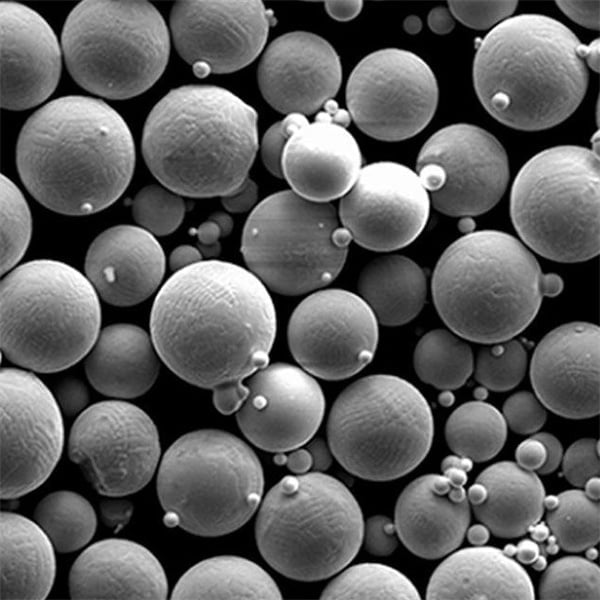
FAQs
Table: Frequently Asked Questions about Nickel-Based Superalloys
| Question | Answer |
|---|---|
| What are nickel-based superalloys? | High-performance alloys primarily composed of nickel, designed for extreme environments. |
| What industries use nickel-based superalloys? | Aerospace, power generation, chemical processing, marine, automotive, and more. |
| Why are nickel-based superalloys expensive? | Due to the cost of raw materials and the complex manufacturing processes involved. |
| Can nickel-based superalloys be recycled? | Yes, but recycling is complex due to their intricate compositions. |
| What is the temperature limit for nickel-based superalloys? | They can withstand temperatures up to 1200°C depending on the alloy. |
| Are there any health concerns with nickel-based superalloys? | Potential nickel allergies in some individuals. |
| How are nickel-based superalloys manufactured? | Through processes like casting, forging, and powder metallurgy. |
| What makes nickel-based superalloys corrosion resistant? | High chromium content and other alloying elements provide excellent corrosion resistance. |
| Can these superalloys be welded? | Yes, but welding requires specific techniques and post-weld treatments. |
| How do nickel-based superalloys compare to other superalloys? | They generally offer superior high-temperature performance and corrosion resistance. |
Conclusion
Nickel-based superalloys are essential materials that drive performance in some of the most challenging engineering environments. Their remarkable properties make them indispensable in industries where failure is not an option. By understanding their composition, properties, applications, and the trade-offs involved, engineers and material scientists can make informed decisions that push the boundaries of technology and innovation.
So, the next time you see a jet engine or a gas turbine, remember the unsung heroes – the nickel-based superalloys – working tirelessly behind the scenes to keep the world running smoothly.
Share On
MET3DP Technology Co., LTD is a leading provider of additive manufacturing solutions headquartered in Qingdao, China. Our company specializes in 3D printing equipment and high-performance metal powders for industrial applications.
Inquiry to get best price and customized Solution for your business!
Related Articles
About Met3DP
Recent Update
Our Product
CONTACT US
Any questions? Send us message now! We’ll serve your request with a whole team after receiving your message.

Metal Powders for 3D Printing and Additive Manufacturing
COMPANY
PRODUCT
cONTACT INFO
- Qingdao City, Shandong, China
- [email protected]
- [email protected]
- +86 19116340731






